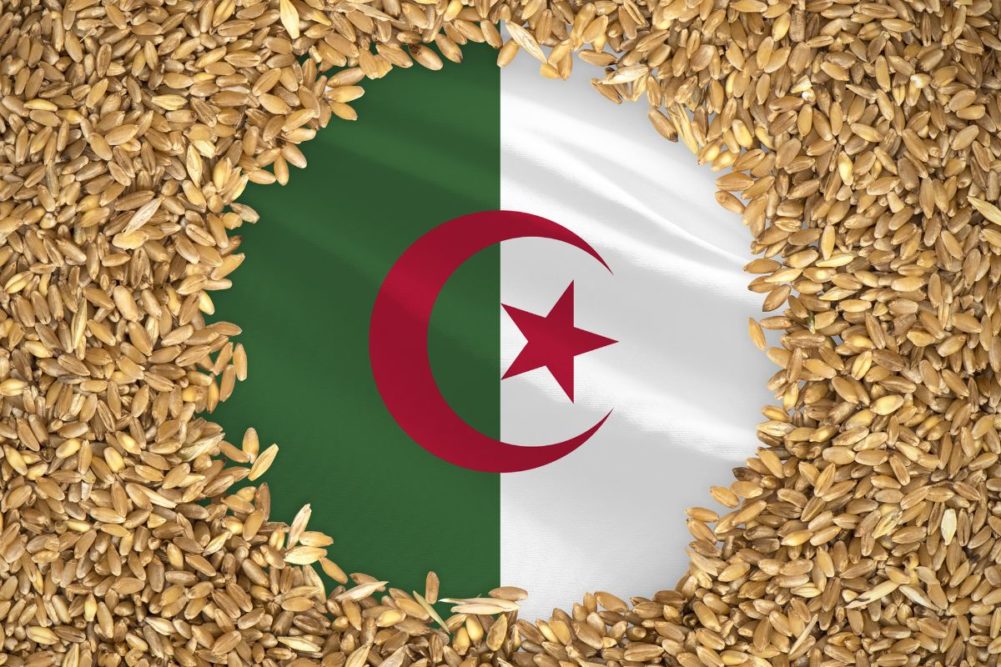ALGIERS, ALGERIA — Wheat imports for Algeria, the second-largest import market in Africa behind Egypt, are expected to remain elevated at 8.7 million tonnes in 2024-25, due to lower production, according to a Global Agricultural Information Network (GAIN) report from the Foreign Agricultural Service (FAS) of the US Department of Agriculture.
In its Jan. 30 report, the FAS said below-average rain and soil moisture would create conditions for lower-than-average wheat and barley production for the 2024-25 marketing year, which begins in July. As a result, wheat imports for 2023-24 are projected to reach 8.7 million tonnes, the highest since 8.4 million tonnes in 2016-17, and remain there in the upcoming season. Barley imports are seen at 700,000 tonnes.
The FAS said its wheat import estimate accounts for the below-average domestic harvest and also is based on private trade reports of a relatively strong pace of imports by the government-run procurement agency, the Algerian Office of Cereals (OAIC), the sole importer of wheat into Algeria.
“According to the trade press, Algeria has continued to bring in Russian wheat throughout the conflict in the Black Sea region,” the FAS said. “Russian wheat has taken market share from other origins on the Algerian market, notably French wheat, which has been in sharp decline in recent years in its traditional markets, such as North Africa. Russia could ship 2.5 million tonnes of wheat to Algeria by next June.”
Algeria’s ministry of Agriculture has not released detailed production information for the current season. The FAS is maintaining its outlook for 2024-25 wheat production at 2.7 million tonnes and barley at 1 million tonnes. In 2022-23, Algeria produced an estimated 3.7 million tonnes of wheat and 1.4 million tonnes of barley.
The North African country of about 44 million people consumes 11 million tonnes of wheat annually, of which a third of this quantity is met by local production. Wheat is the major staple food and represents 60% of the food ration in Algeria. There are no new agreements to open new mills or expand the old mills.
The FAS does anticipate grain storage capacities to increase in 2024-25 to help secure sufficient supplies, though stocks might not rise immediately. Ending stocks are projected to be 5.4 million tonnes in 2024-25, up from 5.3 million tonnes in the previous marketing year.
Minister of Agriculture Youcef Chorfa indicated during his presentation of the action plan for 2024 at the Parliament that 350 local cereal storage centers will be built this year to increase storage capacities to 9 million tonnes, compared to 3.4 million tonnes currently, the FAS said. Construction is expected to start in March and be completed within eight months.
In addition, the minister reported the rehabilitation of 16 storage centers, which will be operational in 18 months, as well as the construction of 30 silos at ports and centers. These facilities are designed for all wheat and barley storage, both imported and locally produced.
“Notwithstanding the silo construction and renovation, Post does not anticipate immediate rise in stocks, as domestic production remains below average,” the FAS said.



